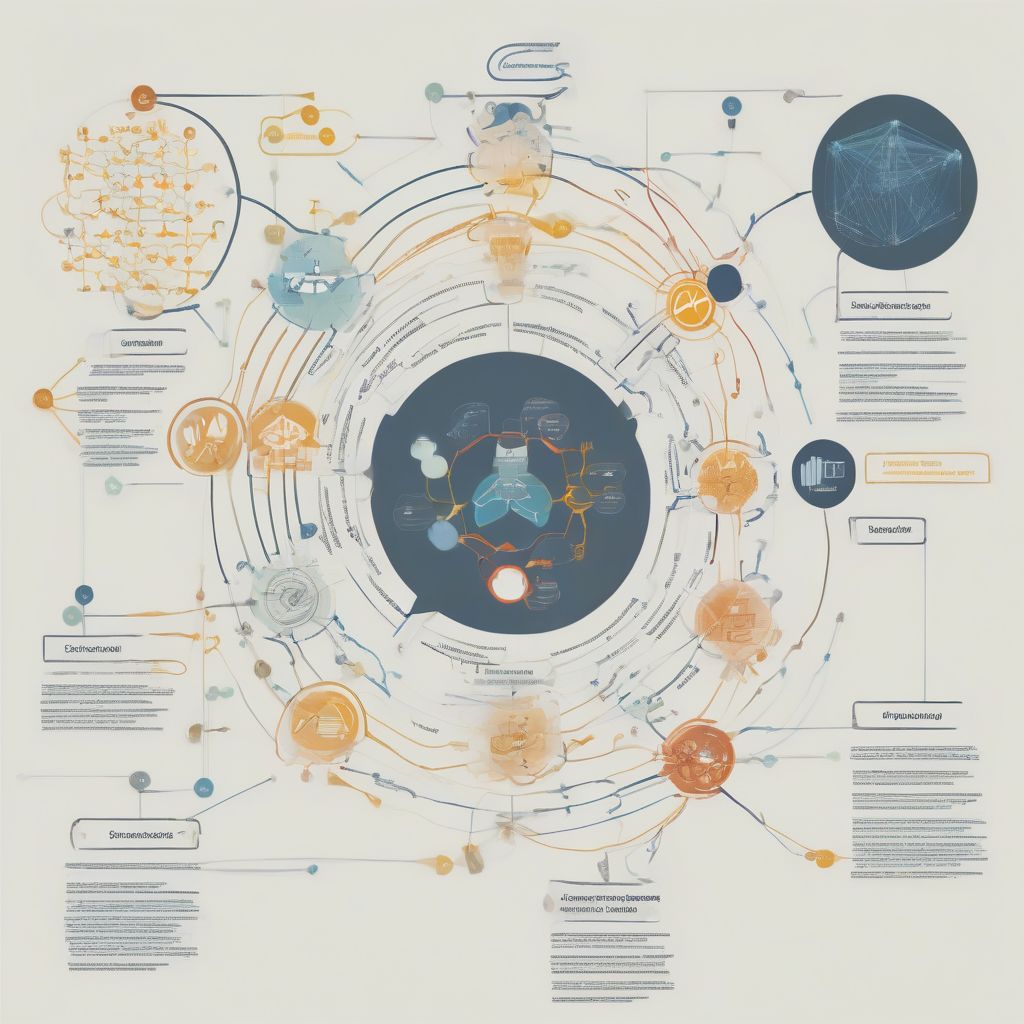Imagine a world without the internet, smartphones, or life-saving medical treatments. It’s a stark contrast to the reality we live in, a reality shaped by the intricate dance between science, technology, and society. This dynamic interplay has fueled progress for centuries, propelling us forward while simultaneously presenting complex challenges that demand careful consideration. Understanding this intersection is crucial for navigating the present and shaping a future that benefits all of humankind.
How Science, Technology, and Society Interact
The relationship between science, technology, and society is not a simple, linear one. It’s a continuous feedback loop, where each element influences and is influenced by the others. Science provides the foundational knowledge, technology applies that knowledge to create tools and solutions, and society shapes the direction and application of both science and technology based on its needs, values, and ethical considerations.
Science as the Foundation
Science, at its core, is the pursuit of knowledge and understanding of the natural world. Through observation, experimentation, and analysis, scientists uncover fundamental principles that govern the universe. These discoveries, from the laws of physics to the intricacies of human biology, lay the groundwork for technological advancements.
Technology as the Application
Technology takes the abstract principles discovered by science and translates them into tangible tools and solutions. This can range from simple machines like the wheel to complex systems like artificial intelligence. Technology is the bridge between scientific theory and practical application, enabling us to manipulate and interact with our environment in unprecedented ways.
Society as the Guiding Force
Society plays a critical role in shaping the trajectory of both science and technology. Societal needs, values, and ethical concerns influence the direction of research and development. For example, public concern about climate change has driven increased investment in renewable energy technologies. Similarly, ethical debates around genetic engineering have shaped regulations and guidelines for its application.
 Science, Technology, and Society Interaction
Science, Technology, and Society Interaction
Exploring the Impact of this Intersection
The convergence of science, technology, and society has had a profound impact on virtually every aspect of human life. From healthcare and communication to transportation and agriculture, advancements in these areas have revolutionized the way we live, work, and interact with the world.
Transforming Healthcare
Medical advancements driven by scientific breakthroughs and technological innovations have dramatically increased life expectancy and improved quality of life. From vaccines and antibiotics to sophisticated imaging techniques and minimally invasive surgeries, these developments have transformed healthcare and continue to push the boundaries of medical possibility. Think about the development of the polio vaccine – a triumph of science and technology that eradicated a devastating disease that once crippled millions.
Revolutionizing Communication
The internet and mobile technologies have fundamentally altered the way we communicate, connect, and access information. Instantaneous global communication is now a reality, breaking down geographical barriers and fostering interconnectedness on an unprecedented scale. This has also led to the rise of social media, which has both positive and negative implications for society.
Reshaping Transportation
Technological advancements have transformed transportation systems, making travel faster, more efficient, and accessible. From automobiles and airplanes to high-speed trains and autonomous vehicles, these innovations have shrunk the world, facilitating trade, tourism, and cultural exchange.
Advancing Agriculture
Science and technology have played a crucial role in increasing agricultural productivity, enabling us to feed a growing global population. From genetically modified crops to precision farming techniques, these advancements have helped improve crop yields, reduce waste, and enhance food security.
Navigating the Challenges
While the intersection of science, technology, and society offers immense potential, it also presents complex challenges that require careful consideration.
Ethical Dilemmas
Rapid technological advancements often raise ethical questions that society must grapple with. Issues such as artificial intelligence, genetic engineering, and data privacy require careful ethical frameworks to ensure responsible development and deployment. For example, the development of autonomous weapons raises complex ethical questions about accountability and the potential for unintended consequences.
Social Inequality
Technological advancements can exacerbate existing social inequalities if not carefully managed. The digital divide, for example, can create a gap between those who have access to technology and those who do not, limiting opportunities for education, employment, and social participation.
Environmental Impact
Technological progress can have significant environmental consequences, including pollution, resource depletion, and climate change. Developing sustainable technologies and promoting responsible consumption patterns are crucial for mitigating these impacts and ensuring a healthy planet for future generations. Consider the impact of plastic – a marvel of material science that has unfortunately led to widespread pollution due to its improper disposal.
A Future Shaped by Collaboration
The intersection of science, technology, and society will continue to shape our future in profound ways. Addressing the challenges and harnessing the opportunities presented by this dynamic interplay requires collaboration between scientists, technologists, policymakers, and the public. By fostering open dialogue, promoting ethical considerations, and prioritizing sustainable practices, we can ensure that the advancements we make benefit all of humanity and contribute to a brighter future.
 Future of Science, Technology, and Society
Future of Science, Technology, and Society
Conclusion
The intersection of science, technology, and society is a complex and dynamic force that shapes our world. Understanding this interplay is crucial for navigating the challenges and opportunities of the 21st century. By embracing ethical considerations, promoting sustainability, and fostering collaboration, we can harness the power of science and technology to create a brighter future for all. We encourage you to share your thoughts and perspectives on this important topic in the comments below. What are the most pressing challenges and opportunities you see at this intersection? Let’s discuss!



